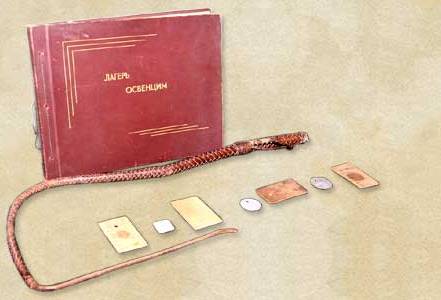>>>

The exhibit of the month for November is a rare glass goblet from the Sântana de Mureș-Chernyakhov cemetery, discovered in Tigheci. Dated to the second half of the 4th century AD, this remarkable artifact demonstrates the craftsmanship of the time, made from translucent greenish glass with a truncated cone shape and intricate geometric decoration. The goblet features three rows of hexagonal facets, framed by incised lines, and a row of elongated ovals under the rim, characteristics which classify it within Series VII A, according to E. Straume's classification. These ornamental traits hint at artistic influences from various regions and indicate the spread of technologies and ideas within the Sântana de Mureș-Chernyakhov culture.
Archaeological Context of the Discovery
The Sântana de Mureș-Chernyakhov cemetery at Tigheci is located in a historically complex area, positioned on the northwest slope of the Tigheci River, at the "La Lutărie" point. First identified in the 1980s following unauthorized clay extraction, the cemetery has suffered considerable damage, leading to the loss of valuable artifacts and the destruction of graves. Among the objects recovered by Mr. Ion Pușcașu, founder of the Museum of History and Ethnography in Tigheci, are wheel-thrown ceramic items reflecting the traditions and techniques of communities during the Migration Period.
The site was first archaeologically investigated in 1990, when a complete inhumation grave was found, though lacking any inventory. Subsequent surveys in 2013 and 2015 by the National Archaeological Agency revealed ongoing erosion damaging the cemetery, necessitating a rescue excavation in 2017. This campaign documented and investigated five graves from the Sântana de Mureș-Chernyakhov culture, including the skeletal remains of a male individual estimated to have been 40 to 45 years old at the time of death, offering additional insights into the demographic structure of this community.
Cultural Significance and Comparisons
The hexagonally faceted glass goblet is among the most valuable artifacts from the Tigheci cemetery. Similar goblets are characteristic of the Sântana de Mureș-Chernyakhov culture and have been found in notable sites such as Târgșor and Bârlad-Valea Seacă (Romania) and Gavrilovka, Ranjevoe (Ukraine), reflecting the cultural and trade connections of this community with other centers of influence in Late Antiquity. Ancient texts and cultural parallels suggest a complex interaction zone with Hellenistic and Roman influences, reflected in luxury goods production such as this glass goblet.











 31 August 1989 St., 121 A, MD 2012, Chisinau, Republic of Moldova
31 August 1989 St., 121 A, MD 2012, Chisinau, Republic of Moldova

























































